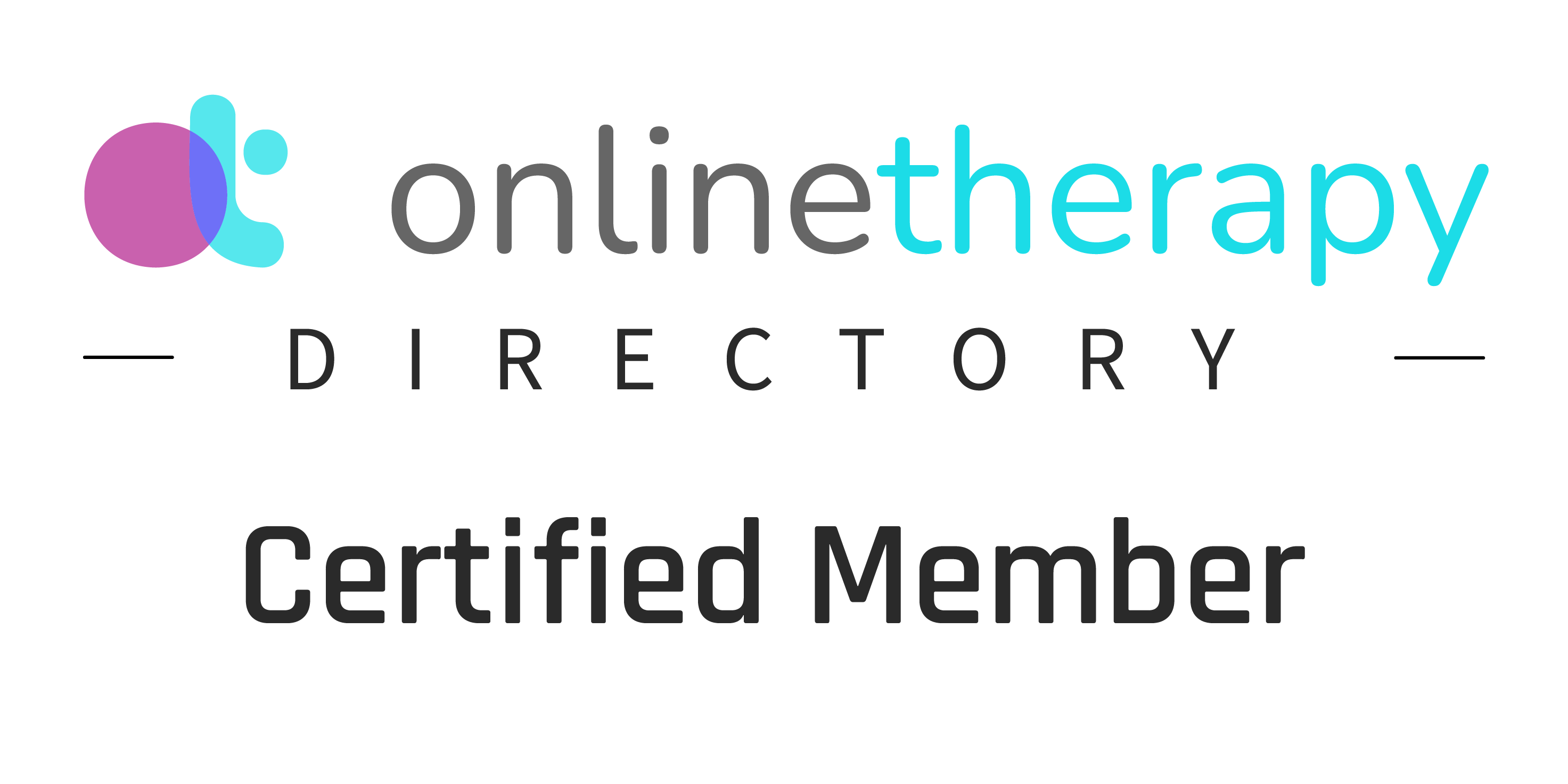Pathways to Wellness: Understanding the Difference Between Shame and Guilt with Insights from Francesca Wehr, LCSW
The emotions of shame and guilt, although closely related, have distinct characteristics and effects on our mental health and behavior. In this blog post, we will delve into the insights of Francesca Wehr, LCSW, to understand the difference between shame and guilt, and how they impact our ability to own up to our mistakes and grow as individuals.
Defining Shame and Guilt:
Shame can be described as the feeling of being inherently flawed or unworthy. It is the internalization of a negative belief that one is fundamentally "bad." This can stem from various sources, including childhood experiences, societal pressures, or traumatic events.
Guilt, on the other hand, arises from the recognition that we have done something wrong or hurtful. Unlike shame, guilt focuses on a specific action or behavior rather than one's core identity.
Guilt and Personal Growth:
Experiencing guilt can be a catalyst for personal growth and positive change. When we feel guilty about our actions, we acknowledge that we have made a mistake and can separate ourselves from the negative behavior. This self-awareness allows us to take responsibility for our actions, learn from our mistakes, and strive to make amends.
Guilt fosters a healthy sense of self-worth, as it reinforces the belief that we are capable of making better choices and that we are more than our mistakes.
Shame and Deflection:
Conversely, shame can lead to deflection and avoidance of responsibility. When we feel ashamed, we may try to deny or minimize our mistakes to protect our fragile self-image. This defensive response can result in a cycle of negative behaviors, as we continue to act in ways that reinforce the very feelings of shame we are trying to escape.
Shame can be particularly destructive to our mental health and relationships, as it erodes our self-esteem and can lead to feelings of isolation, depression, and anxiety.
Defining Deflection and Avoidance:
Deflection and avoidance are both coping mechanisms that individuals use to protect themselves from facing uncomfortable emotions or situations. Here's a brief definition of each behavior:
Deflection: Deflection is a psychological defense mechanism in which an individual redirects attention away from themselves, their emotions, or their actions, and shifts the focus onto someone or something else. This can be done in various ways, such as changing the subject, blaming others, or using humor to minimize the issue at hand. Deflection helps the individual avoid taking responsibility or addressing the underlying problem, but it can also hinder personal growth and damage relationships.
Avoidance: Avoidance is a behavior characterized by intentionally steering clear of situations, emotions, or thoughts that may cause discomfort, anxiety, or distress. Avoidance can manifest as procrastination, withdrawing from social situations, or suppressing emotions. While avoidance can provide temporary relief from the discomfort or anxiety, it can also prevent the individual from confronting and resolving the issues they are avoiding. Over time, avoidance can contribute to increased anxiety, decreased self-confidence, and impaired emotional well-being.
Examples of Guilt vs. Shame:
Guilt and shame, while closely related, are distinct emotions that manifest differently in various situations. Here are some examples to illustrate the difference between guilt and shame:
Birthday Scenario:
Guilt:
After forgetting a friend's birthday, you feel guilty for not remembering and making them feel unimportant. You recognize that you made a mistake, so you apologize and plan a belated celebration to make up for it.
Shame:
In the same situation, if you feel ashamed, you may think, "I'm a terrible friend for forgetting their birthday. I don't deserve to have friends." Instead of addressing the issue and apologizing, you might avoid your friend or become overly critical of yourself, perpetuating negative feelings and possibly damaging the friendship.
Workplace Scenario:
Guilt:
You are late for an important meeting, and you feel guilty because your tardiness affected others and showed a lack of respect for their time. You acknowledge your mistake, apologize, and commit to improving your time management skills.
Shame:
In the same situation, you might feel ashamed and think, "I'm always late, and I'm such a failure." Rather than focusing on the specific behavior (being late) and taking steps to improve, you internalize the negativity and believe that you are fundamentally flawed.
Conflict with Partner Scenario:
Guilt:
You are upset and lash out at a loved one, saying something hurtful. You feel guilty about your behavior, recognize that your words caused pain, and apologize sincerely. You also work on managing your emotions more effectively to prevent similar situations in the future.
Shame:
Instead of feeling guilty, you may feel shame in the same situation and believe that you are a bad person who always hurts others. You might avoid addressing the issue or apologizing, and continue to engage in hurtful behavior because you believe that you are inherently incapable of treating others with kindness.
These examples demonstrate that guilt focuses on specific actions or behaviors and can lead to personal growth and improved relationships, whereas shame targets one's core identity and can result in deflection, avoidance, and a continued cycle of negative behavior.
Overcoming Shame and Embracing Growth:
To break the cycle of shame and foster personal growth, consider these insights from Francesca Wehr, LCSW:
Develop self-compassion: Practice kindness and understanding towards yourself. Recognize that everyone makes mistakes and that your self-worth is not defined by your actions alone.
Identify the source of shame: Reflect on the root cause of your shame and explore ways to address it. This might involve seeking therapy, joining a support group, or engaging in self-help resources.
Focus on behavior, not identity: Shift your perspective from shame ("I am bad") to guilt ("I did something bad"). This will allow you to address the problematic behavior without attacking your core self.
Take responsibility and make amends: Acknowledge your mistakes, apologize when necessary, and work to make positive changes in your behavior.
Understanding the difference between shame and guilt is essential for personal growth and mental well-being. With insights from Francesca Wehr, LCSW, we can learn to navigate these emotions in a healthy way, taking responsibility for our actions while maintaining a strong sense of self-worth. By overcoming shame and embracing guilt as a catalyst for change, we can embark on a path to wellness and self-improvement.













